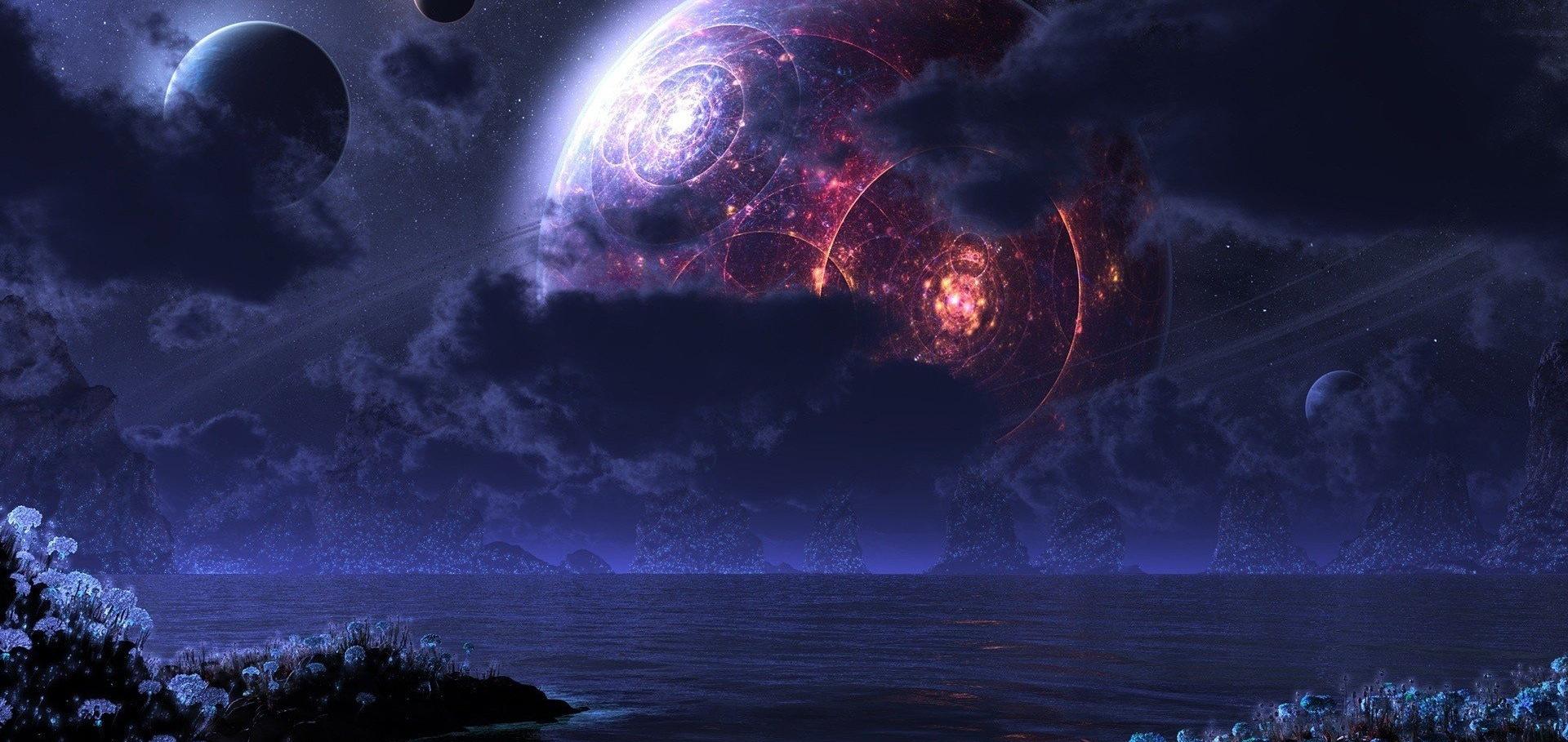X-ray radiography based on the phase-contrast imaging with using LiF detector
Journal of Physics: Conference Series IOP Publishing 1787:1 (2021)
Abstract:
An x-ray radiography technique based upon phase contrast imaging using a lithium fluoride detector has been demonstrated for goals of high energy density physics experiments. Based on the simulation of propagation an x-ray free-electron laser beam through a test-object, the visibility of phase-contrast image depending on an object-detector distance was investigated. Additionally, the metrological capabilities of a lithium fluoride crystal as a detector were demonstrated.Observations of pressure anisotropy effects within semi-collisional magnetized plasma bubbles.
Nature communications 12:1 (2021) 334
Abstract:
Magnetized plasma interactions are ubiquitous in astrophysical and laboratory plasmas. Various physical effects have been shown to be important within colliding plasma flows influenced by opposing magnetic fields, however, experimental verification of the mechanisms within the interaction region has remained elusive. Here we discuss a laser-plasma experiment whereby experimental results verify that Biermann battery generated magnetic fields are advected by Nernst flows and anisotropic pressure effects dominate these flows in a reconnection region. These fields are mapped using time-resolved proton probing in multiple directions. Various experimental, modelling and analytical techniques demonstrate the importance of anisotropic pressure in semi-collisional, high-β plasmas, causing a reduction in the magnitude of the reconnecting fields when compared to resistive processes. Anisotropic pressure dynamics are crucial in collisionless plasmas, but are often neglected in collisional plasmas. We show pressure anisotropy to be essential in maintaining the interaction layer, redistributing magnetic fields even for semi-collisional, high energy density physics (HEDP) regimes.High-resolution inelastic x-ray scattering at the high energy density scientific instrument at the European X-Ray Free-Electron Laser
Review of Scientific Instruments American Institute of Physics 92:1 (2021) 013101
Abstract:
We introduce a setup to measure high-resolution inelastic x-ray scattering at the High Energy Density scientific instrument at the European X-Ray Free-Electron Laser (XFEL). The setup uses the Si (533) reflection in a channel-cut monochromator and three spherical diced analyzer crystals in near-backscattering geometry to reach a high spectral resolution. An energy resolution of 44 meV is demonstrated for the experimental setup, close to the theoretically achievable minimum resolution. The analyzer crystals and detector are mounted on a curved-rail system, allowing quick and reliable changes in scattering angle without breaking vacuum. The entire setup is designed for operation at 10 Hz, the same repetition rate as the high-power lasers available at the instrument and the fundamental repetition rate of the European XFEL. Among other measurements, it is envisioned that this setup will allow studies of the dynamics of highly transient laser generated states of matter.Amministrazione imperiale e popoli alpini al tempo di domiziano: Il caso del procurator augusti alpium cottianarum et pedatium tyriorum et cammuntiorum et lepontiorum Universite de Lausanne
Ancient Society 51 (2021) 157-191
Abstract:
The epigraphical cursus honorum of Sex. Attius Suburanus Aemilianus mentions the task of procurator Augusti Alpium Cottianarum et Pedatium Tyriorum et Cammuntiorum et Lepontiorum, otherwise not attested, which he held at the beginning of Domitian's reign. In addition to the province of the Cottian Alps, Suburanus Aemilianus had competence on three other little-known Alpine communities. The authors propose the identification of these communities and reflect on the tasks of this procurator. Their analysis unveils chronological and juridical novelties as well as new hints about imperial administration in the Alps under Domitian.Strong suppression of heat conduction in a laboratory replica of galaxy-cluster turbulent plasmas
University of Oxford (2021)


